Avoiding Heat Pad Burns: Safe Usage Tips
What is Toasted Skin Syndrome?
Toasted Skin Syndrome, or erythema ab igne, is a skin condition. It causes discoloration, itching, and burning. Long-term exposure to mild heat without burning the skin leads to this syndrome. Common heat sources include laptops, heating pads, and other devices.

Causes and Risks of Prolonged Heat Exposure
Prolonged heat exposure to the skin results in Toasted Skin Syndrome. Tempered heat ranging from 109.4 to 116.6°F (43 to 47°C) is often the cause. Skin changes happen due to damage to elastic fibers and surface blood vessels. The syndrome’s roots trace back to old heat sources like wood stoves. Now, modern gadgets like laptops are often culprits. Toasted Skin Syndrome is usually not severe but, if untreated, it can lead to complications. In rare cases, changes in skin cells may progress to cancer types including squamous cell carcinoma.
Common Heat Sources Leading to Skin Burns
Modern life brings with it many comforts and advancements, but also some unexpected health risks. Among these risks are skin burns resulting from common heat sources we often use without a second thought.
The Dangers of Laptops and Other Electronic Devices
Many of us rest laptops directly on our laps for convenience. The warmth might seem harmless, but prolonged contact can lead to Toasted Skin Syndrome. Primarily, harm occurs on the left thigh where laptop batteries and vents are usually placed. The risk has grown with the increase in remote work.
Risks Associated with Seat Heaters in Vehicles
Another source of concern is vehicle seat heaters. Although they provide welcome relief during cold weather, using them for extended periods has been linked to skin burns. Cases have emerged where individuals using seat heaters for two to four hours suffered skin damage.
Heating Pads and Hot Water Bottles
Heating pads and hot water bottles, commonly used for relieving body aches, pose similar risks. Ideally, they should be applied for 15 to 30 minutes at a time. Excessive use, even with clothing as a barrier, may cause a burn from heating pad, resulting in skin complications like erythema ab igne.
In conclusion, we should be mindful of these everyday items. By understanding the risks and exercising caution, we can avoid the discomfort and potential harm of skin burns caused by the devices we use daily.
Recognizing Symptoms of Heat-Related Skin Conditions
Recognizing the symptoms of heat-related skin issues is key to preventing long-term damage. Heat sources like laptops, heating pads, and seat heaters can cause problems if used improperly. It’s important to stay aware of how these items impact your skin.
Identifying Toasted Skin Syndrome
To identify Toasted Skin Syndrome, look for signs such as mottled skin patterns, redness, or itching. These symptoms often arise after consistent exposure to mild heat sources. The affected area may feel warm to the touch and exhibit a grid-like discoloration. If you observe any of these changes, reducing heat exposure is crucial. Be proactive and consult a healthcare provider if symptoms persist or worsen to prevent further complications.
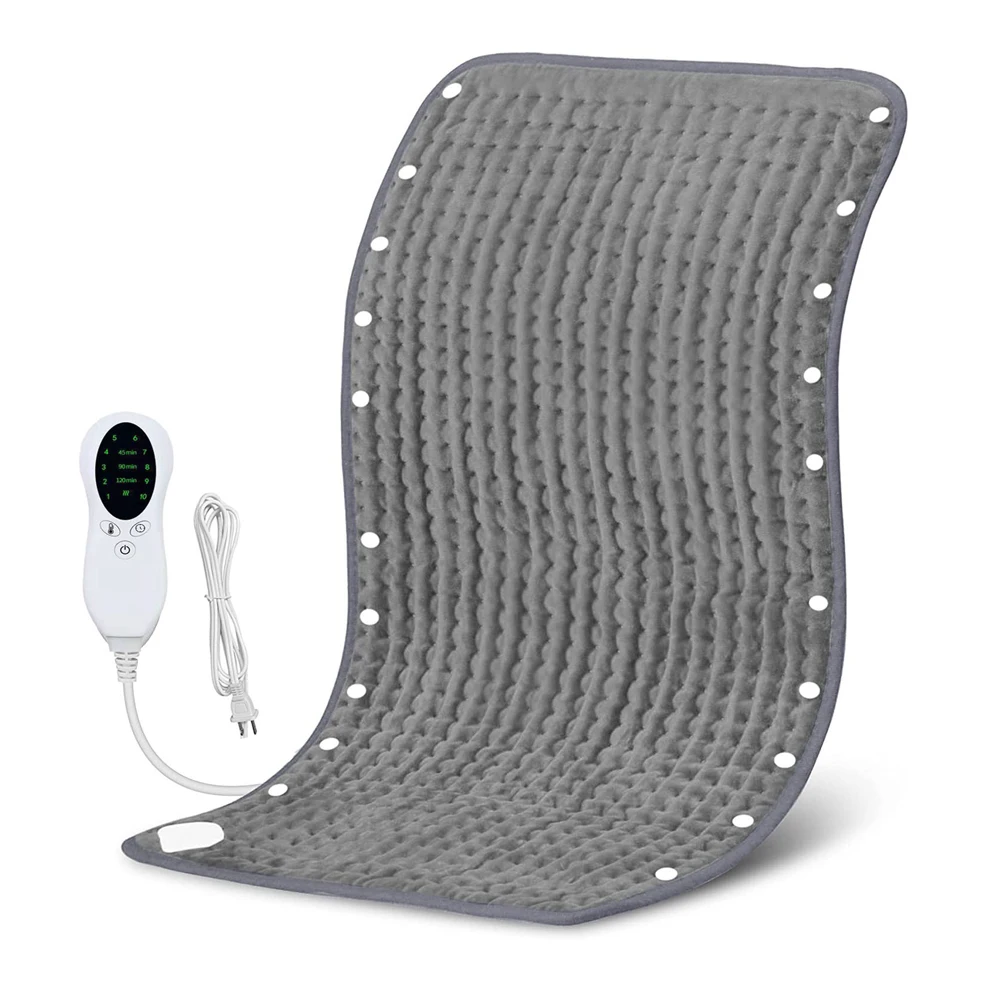 Prevention Strategies for Heat Pad Burns
Prevention Strategies for Heat Pad Burns
Taking preventative measures is essential when using heat pads to avoid the risk of Toasted Skin Syndrome and burns.
Safe Duration for Heat Pad Usage
Health experts suggest using a heat pad for no more than 15 to 30 minutes at a time. It’s best to use the lowest heat setting that still provides relief. Consistent checks during use are necessary. If using the pad longer, ensure it’s at a low heat. Automatic shut-offs on heating pads can provide an added safety layer. Be mindful of time to prevent a burn from heating pad.
Importance of Temperature Control
Keeping temperature under control is crucial. Avoid setting heating pads to high temperatures. High heat doesn’t mean better relief and it can cause serious skin damage. Modern heating pads can reach up to 150 to 160 degrees Fahrenheit, posing burn risks. Always start at lower settings and adjust only as needed. This approach will minimize the chance of burns and Toasted Skin Syndrome. Read and follow the manufacturer’s instructions for safe use of the heating pad.
Treatment Options for Heat-Related Burns
Proper treatment is vital when dealing with heat-related burns, such as those caused by heating pads.
Removing the Heat Source
The first step in treating a burn from a heating pad is to remove the heat source immediately. Continuing to apply heat can worsen the injury. Once removed, the discolored skin might fade and the irritation usually lessens.
Topical Medications and Home Remedies
Once the heat source is gone, various treatments can soothe the skin. Over-the-counter remedies include:
- Aloe vera gel: Known for its cooling properties.
- Moisturizing lotions: They help to hydrate and heal the skin.
- Hydrocortisone cream: Can reduce itching and inflammation.
In more serious cases, a doctor may prescribe retinoids. These are powerful treatments that can repair skin damage. Home remedies like cool compresses may also offer temporary relief. However, it is essential to consult a healthcare provider for severe burns or if symptoms persist.
Understanding the Risks and Legal Aspects
When using heat pads, it’s important to recognize not just the immediate chances of burns, but also the long-term risks and the legal context regarding product safety.
Potential for Skin Cancer and Other Complications
The risk of using heat pads over time includes more than just burns. Skin cancer, for example, is a rare but serious potential outcome of prolonged heat exposure. Other complications can include permanent skin discoloration, or worse, if the burn is severe. When you notice skin changes after heat pad use, reach out to a doctor. Early medical advice can prevent more serious issues.
Product Liability and Consumer Safety
Manufacturers must ensure their products are safe for consumers. If a heat pad causes injury due to design flaws or inadequate instructions, legal action may follow. Consumers harmed by such products could have grounds for a claim. Companies might be held responsible for not providing clear guidance or safety features. It’s crucial that users understand their rights and the responsibilities of manufacturers in ensuring the safe use of heating pads.
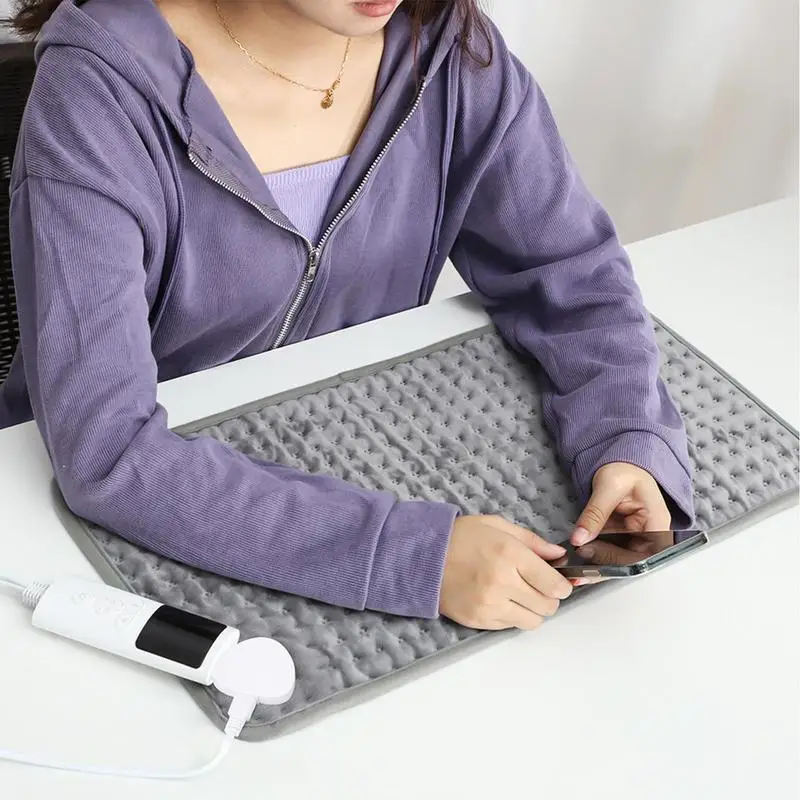 Guidelines for Safely Using a Heating Pad
Guidelines for Safely Using a Heating Pad
To reduce the risk of a burn from heating pad, it is essential to use them correctly and safely.
Checking Skin Regularly
Monitor your skin when using a heating pad. Check for redness or a grid-like pattern every 15 minutes. If found, stop using the pad immediately to prevent further damage. Early signs of Toasted Skin Syndrome may be subtle. Always respond quickly to any changes.
Automatic Shut-off Devices and Their Role
Choose heating pads with automatic shut-off features. These devices turn off the pad after a set time, usually 20 to 30 minutes. This helps prevent overheating and lowers the risk of burns. Despite shut-off functions, don’t rely on them alone. Still adhere to safe usage durations. Always read and follow the instruction manual that comes with your heating pad for best results.
Conclusion: Prioritizing Safety to Prevent Burn from Heating Pad
While heating pads offer significant benefits in managing pain and enhancing comfort, it is essential to use them responsibly to prevent burns from heating pads. By understanding the common causes of burns, implementing preventive measures, and knowing how to respond in case of an accident, users can safely enjoy the therapeutic advantages of heating pads. Always prioritize safety by choosing high-quality devices, following usage guidelines, and being aware of your body’s responses. With these precautions in place, you can effectively harness the warmth of heating pads without the risk of burns, ensuring a safe and comfortable experience.
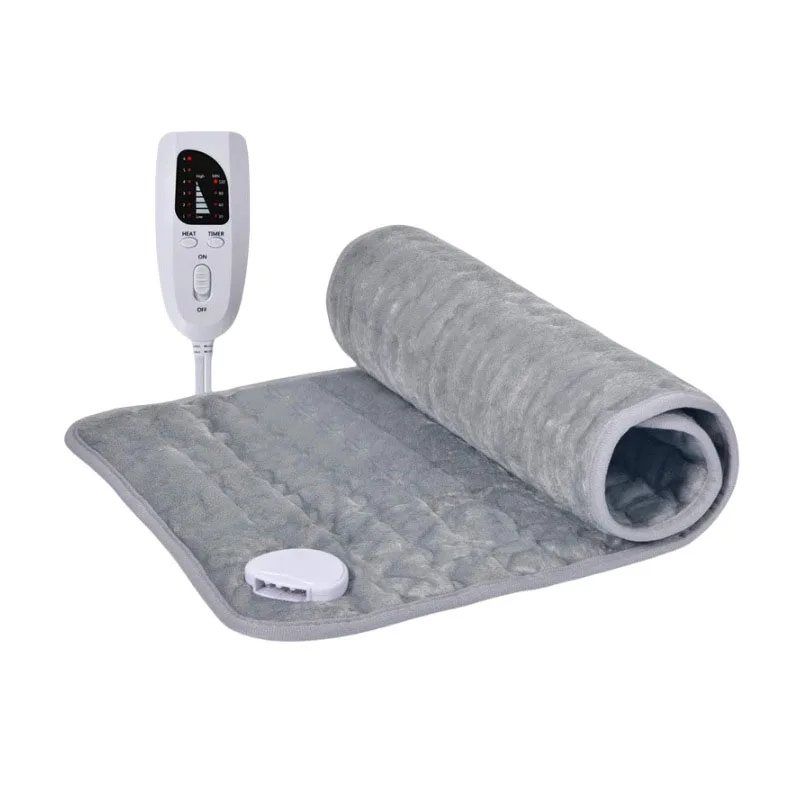
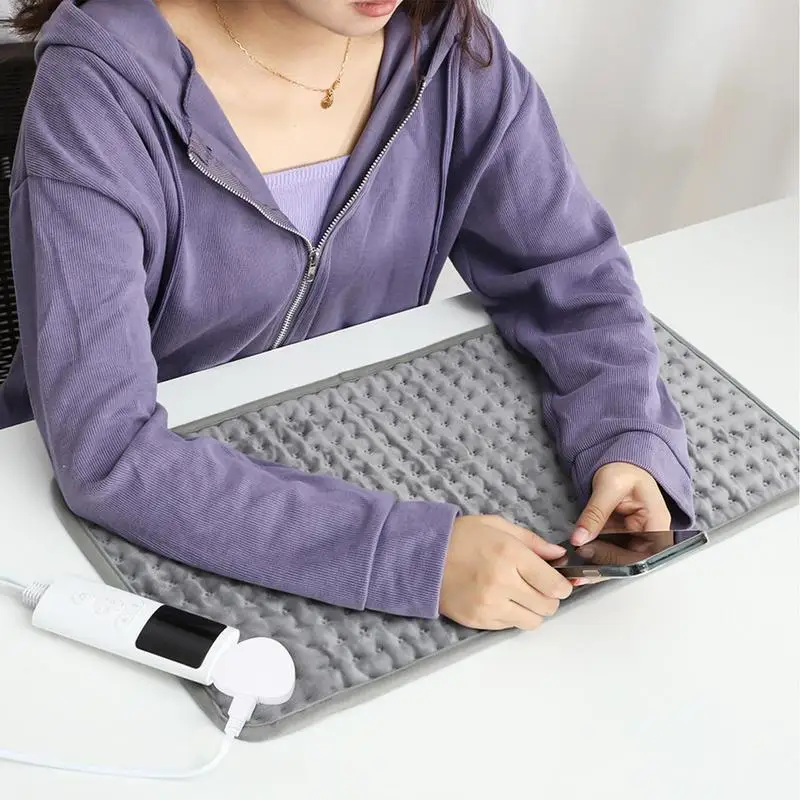
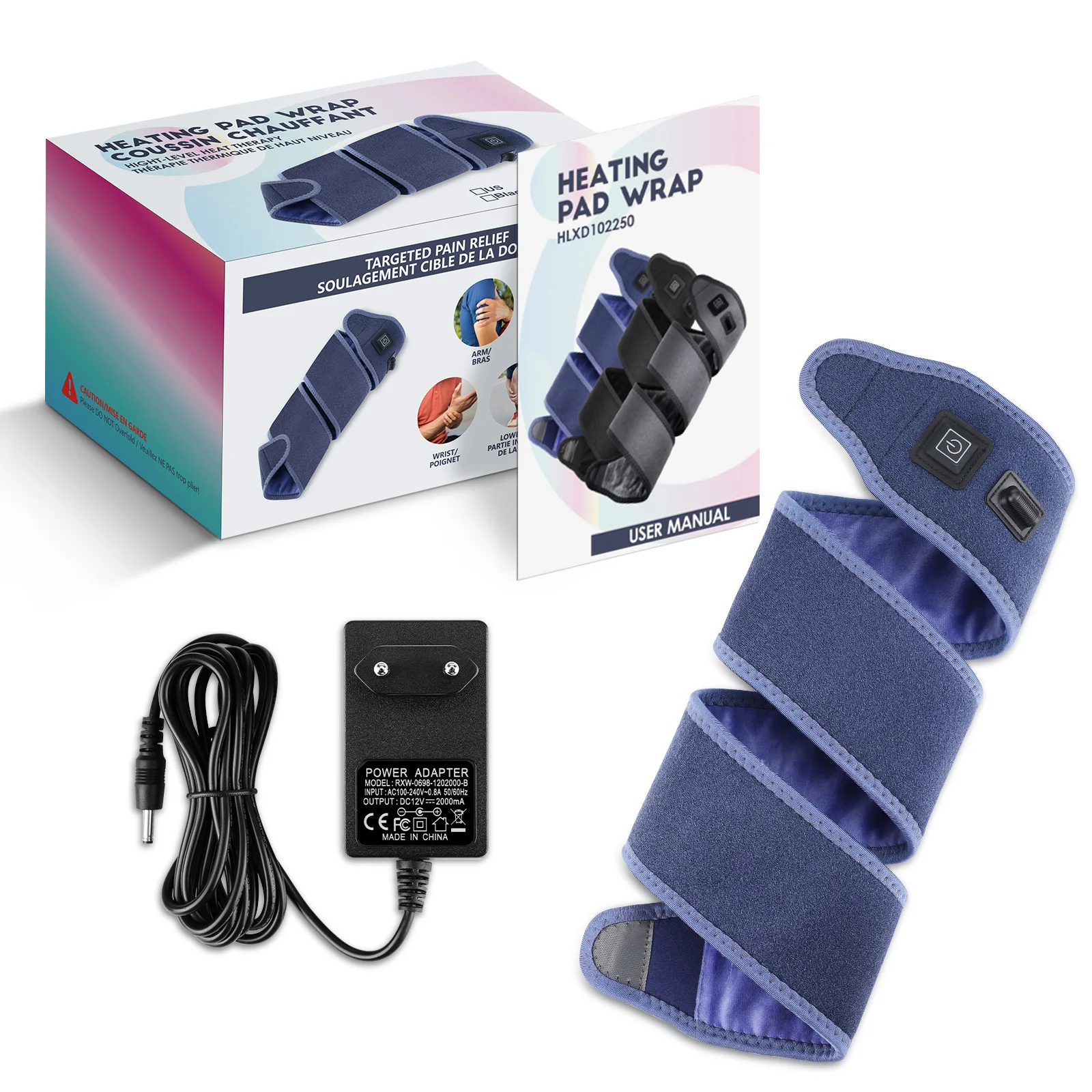 Medical Treatment Options for Severe Burns
Medical Treatment Options for Severe Burns